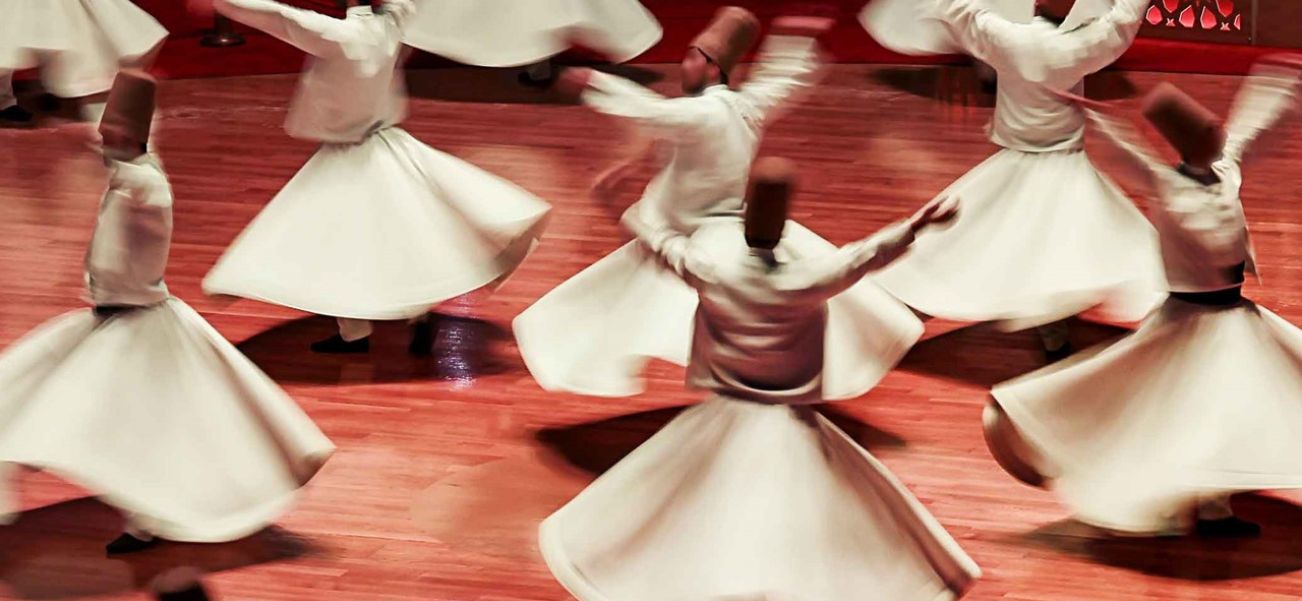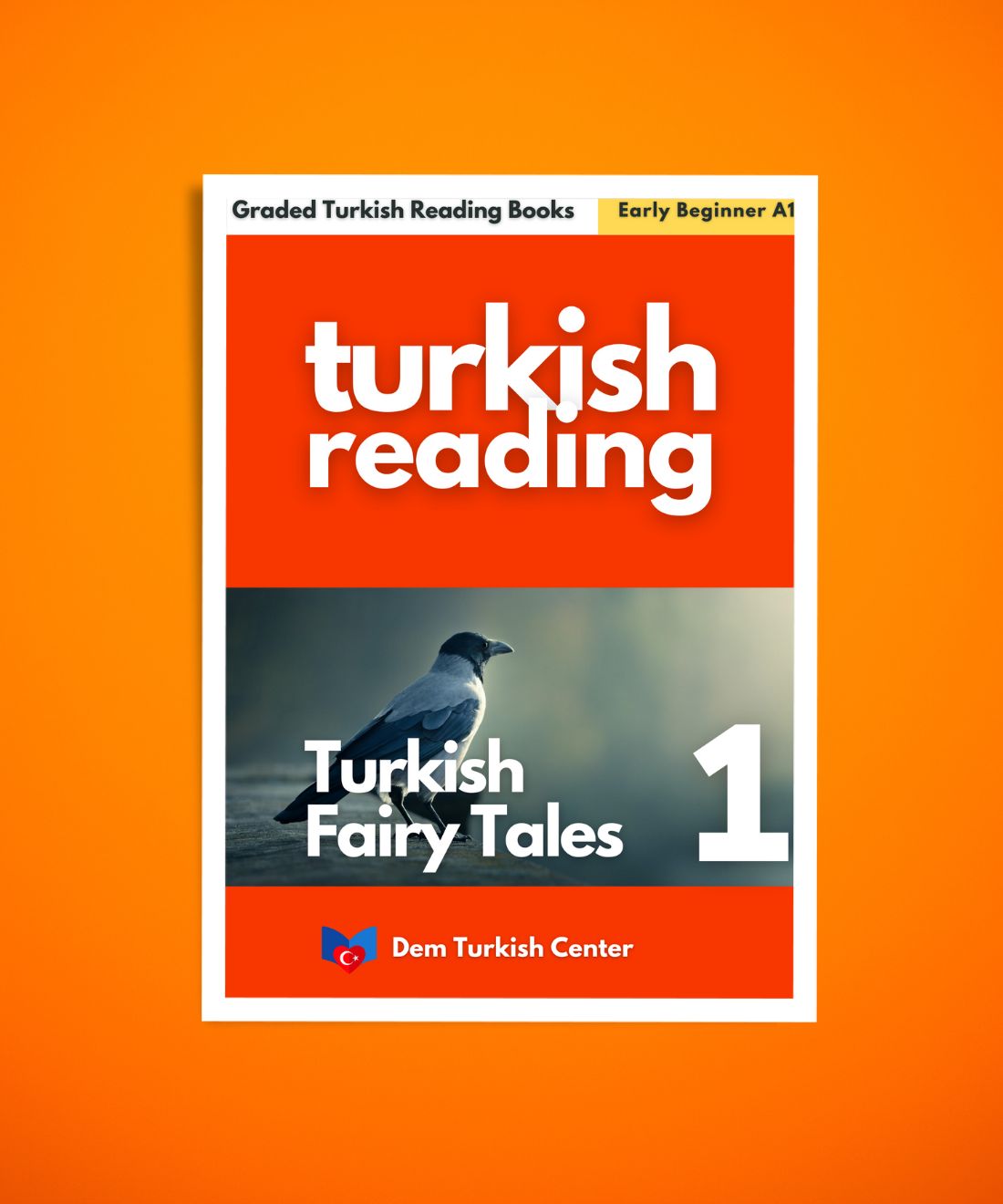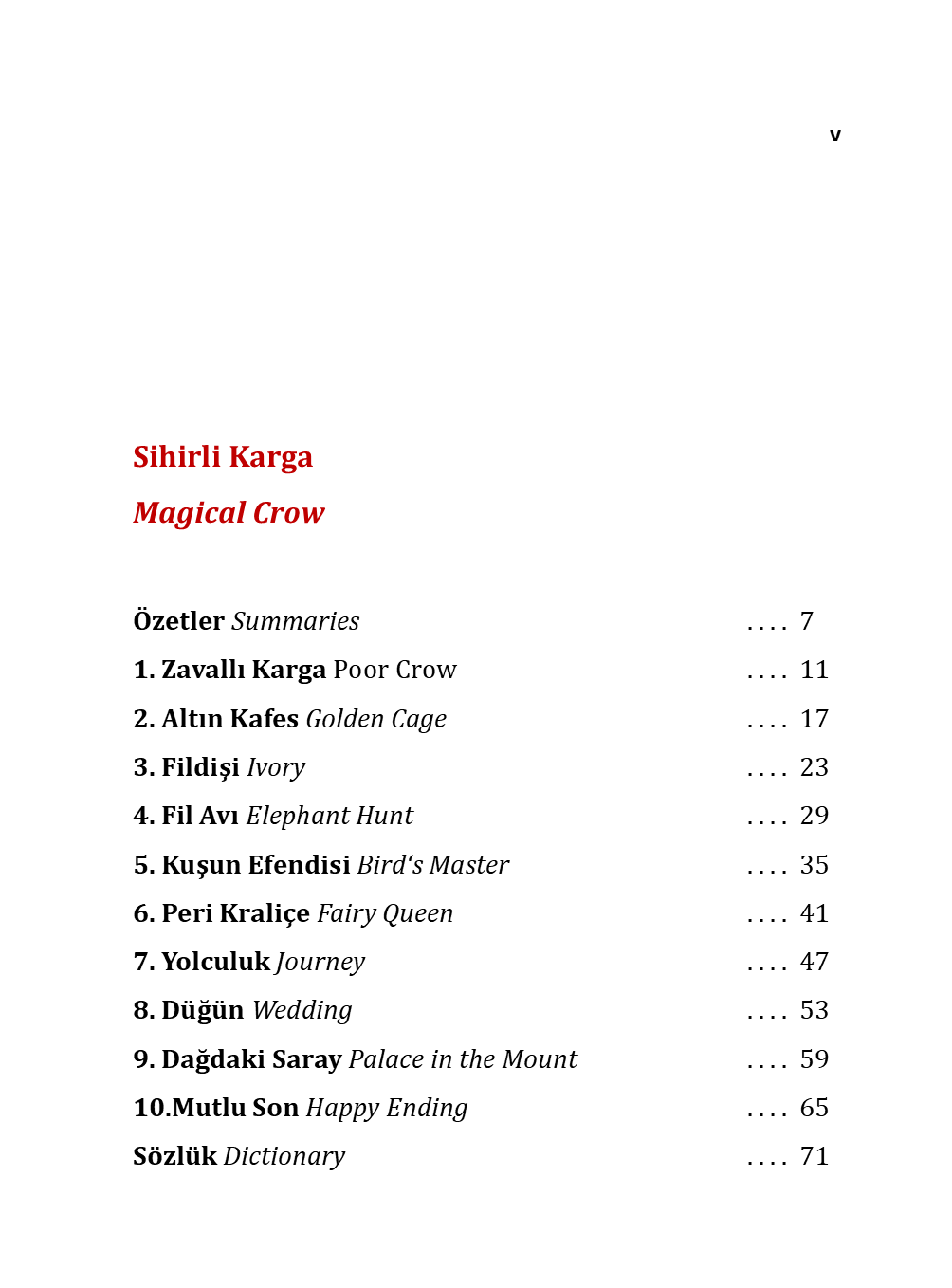
Whirling Dervishes of Turkey: More Than a Dance, A Journey to the Divine
The image is iconic: a figure clad in a white robe and a tall brown hat, spinning with an ethereal grace, seemingly untethered from the physical world. To the casual observer, the Whirling Dervishes of Turkey represent a beautiful, mysterious performance. But to reduce this ancient practice to mere spectacle is to miss its profound depth entirely.
What you are witnessing is not a dance. It is a prayer.
It is the Sema ceremony, a centuries-old Sufi ritual that is a physical manifestation of a spiritual journey towards God. It is a mesmerizing, moving meditation that embodies the poetic philosophy of one of history's most beloved mystics: Mevlana Jalaluddin Rumi. This guide will take you beyond the spin, unraveling the deep symbolism, history, and philosophy that make the Whirling Dervish ceremony a cornerstone of Turkish culture and a timeless pursuit of divine love.
THE STORY OF rumı & WHIRLING DERVISHES OF TURKEY
Rumi: Most Famous Sufi Poet in the World
The Origin: The Story of Mevlana Rumi and the Mevlevi Order

The story of the Whirling Dervishes begins in the 13th century with one man: Mevlana Jalaluddin Rumi. A Persian poet, jurist, and theologian, Rumi’s life transformed after meeting the wandering mystic, Shams of Tabriz. This encounter ignited a spiritual fire within Rumi, leading him to compose thousands of verses of poetry that speak directly to the soul, transcending time, religion, and culture.
Rumi’s teachings revolved around boundless love, tolerance, and the direct, personal experience of the Divine. He founded the Mevlevi Order, a Sufi path dedicated to achieving spiritual perfection through love, music, and the remembrance of God.

After Rumi's death, his son, Sultan Walad, and followers formalized the Sema ceremony as a ritual of worship, codifying the movements and music that would become the physical expression of Rumi’s poetry. The word "Mevlevi" comes from Rumi, who was known as "Mevlana" (meaning "our master"). The term "Dervish" means "doorway," symbolizing a threshold between the material world and the spiritual truth.
Beyond the Spin: The Profound Symbolism of the Sema Ceremony

Every element of the Sema ritual, from the clothing to the direction of the spin, is laden with spiritual meaning. Understanding this symbolism transforms the experience from a visual spectacle into a profound narrative.
The Attire: A Dervish’s Spiritual Armor
- The Camel's Hair Hat (Sikke) The tall, brown hat represents the tombstone of the ego. Before a dervish begins to whirl, he must symbolically die to his earthly self, his pride, and his desires.
- The Black Cloak (Hirka) Worn at the start of the ceremony, the black cloak symbolizes the dervish's worldly grave and the illusion of the material world. When the dervish sheds his cloak, he is spiritually reborn, ready to begin his journey toward truth.
- The White Skirt (Tennure) The flowing white skirt represents the ego's shroud. As the dervish spins, the Tennure billows out into a perfect circle, symbolizing the rising and expanding of the soul, freed from its earthly confines.
The Movements: A Cosmic Dance

The Sema ceremony is structured into four distinct "Selams" (salutations), each representing a different stage of the spiritual path.
1. THE FIRST SELAM
The dervish enters the circular space with arms crossed over the chest, representing the number one and the unity of God. As he begins to spin, he uncrosses his arms, extending his right hand palm-up toward the heavens and his left hand palm-down toward the earth. This posture is crucial: the right hand receives divine grace and blessings from God, while the left hand channels this spiritual energy to the Earth and all of humanity. The dervish becomes a conduit, a bridge between heaven and earth.

2. THE SECOND, THIRD AND FOURTH SELAMS
These stages represent the journey of the soul through different realms of knowledge and consciousness. The dervish spins in a counter-clockwise direction around his own heart, representing the revolution of the planets around the sun and the soul's orbit around God. It is a physical enactment of the universe's celestial order.
The entire ritual is a journey of ascent. The dervish begins as a human, dies to his ego, is reborn in truth, and ultimately returns to his earthly life as a servant to all humanity, having achieved a state of peace and completion.
The Music of the Spheres: The Role of Live Music in the Sema

A Sema ceremony is incomplete without its hauntingly beautiful live music. The ensemble, known as the *Mutrib*, uses specific classical Turkish instruments to guide the dervishes and elevate the spiritual atmosphere.
- The Ney (Reed Flute) This is the most symbolic instrument. Its mournful sound represents the cry of the human soul, separated from its divine source and longing to return. Rumi's famous poem, "Listen to the Ney," begins the "Mathnawi", his magnum opus, drawing this parallel directly.
- The Kudüm (Small Kettledrums) These represent the divine command "Be!" ("Kun!") at the moment of creation, setting the rhythm for the universe and the ceremony.
- The Rebab (Spike Fiddle) A bowed string instrument that provides a melodic foundation, symbolizing the call to prayer and the awakening of the soul.
The music is not an accompaniment; it is an integral participant in the ritual, carrying both the dervishes and the audience on a spiritual wave.
Where to Witness an Authentic Sema Ceremony in Turkey

For travelers seeking this unique experience, knowing where to go is key. While performances are held in many cities, two locations stand out.
Konya: The Spiritual Heartland
Konya is the undisputed center of the Mevlevi tradition. It was here that Rumi lived, taught, and was laid to rest. His mausoleum is now the Mevlana Museum, a place of pilgrimage for millions. The most significant time to visit Konya is during the Şeb-i Arús festival, held every December. "Şeb-i Arús" means "Wedding Night," commemorating Rumi's death as his ultimate union with the Beloved (God). The Sema ceremonies held here are the most authentic and spiritually charged in the world.

Istanbul: A Cultural Experience
In Istanbul, you can find Whirling Dervish ceremonies held in historic venues like the Hodjapasha Culture Center and the Galata Mevlevi Lodge Museum.
While these are often more accessible for tourists, many are conducted with deep respect and authenticity by genuine members of Sufi communities. They serve as a vital cultural bridge, allowing visitors to witness this profound tradition in a beautiful setting.
A Visitor's Guide: Etiquette for Witnessing the Sema

Remember, you are attending a religious ritual, not a theatrical show. Respect is paramount.
- Dress Modestly Cover your shoulders and knees.
- Maintain Silence Refrain from talking, whispering, or clapping during the ceremony.
- No Flash Photography The sudden light is deeply disruptive to the dervishes' concentration. Use a no-flash setting if permitted, or simply immerse yourself in the moment without a camera.
- Arrive on Time Once the ceremony begins, late entry is usually not allowed.
Frequently Asked Questions About the Whirling Dervishes

Q: How do the dervishes not get dizzy?
This is the most common question. The answer is twofold: rigorous training and spiritual focus. Dervishes train for years, using a precise spotting technique with their head tilted. More importantly, they enter a deep meditative state through the constant remembrance of God ("dhikr"), which allows them to transcend physical sensations like dizziness.
Q: Are women allowed to be Whirling Dervishes?
Historically, the Mevlevi Order was male-dominated. However, in modern times, many Sufi groups and cultural associations, both in Turkey and worldwide, include female semazens (whirlers) who perform the Sema.
Q: Is the practice still a living religious tradition?
Yes. While the Mevlevi Order was officially banned in the early years of the Turkish Republic, the prohibition was lifted on cultural grounds. Today, it thrives both as a protected part of UNESCO's Intangible Cultural Heritage List and as a living spiritual path for its adherents.
A Living Legacy of Love
The Whirling Dervishes of Turkey offer a powerful antidote to the noise and haste of the modern world. They are a timeless reminder of a philosophy built on love, tolerance, and the relentless pursuit of spiritual truth. The Sema is an invitation to look beyond the surface, to quiet our own minds, and to witness a human soul's courageous and beautiful journey back to its source.
It is a whirl that stills the heart, a silence that speaks volumes, and a prayer that moves, quite literally, to the rhythm of the cosmos.
As Rumi once wrote, "Let yourself be silently drawn by the strange pull of what you really love. It will not lead you astray."













